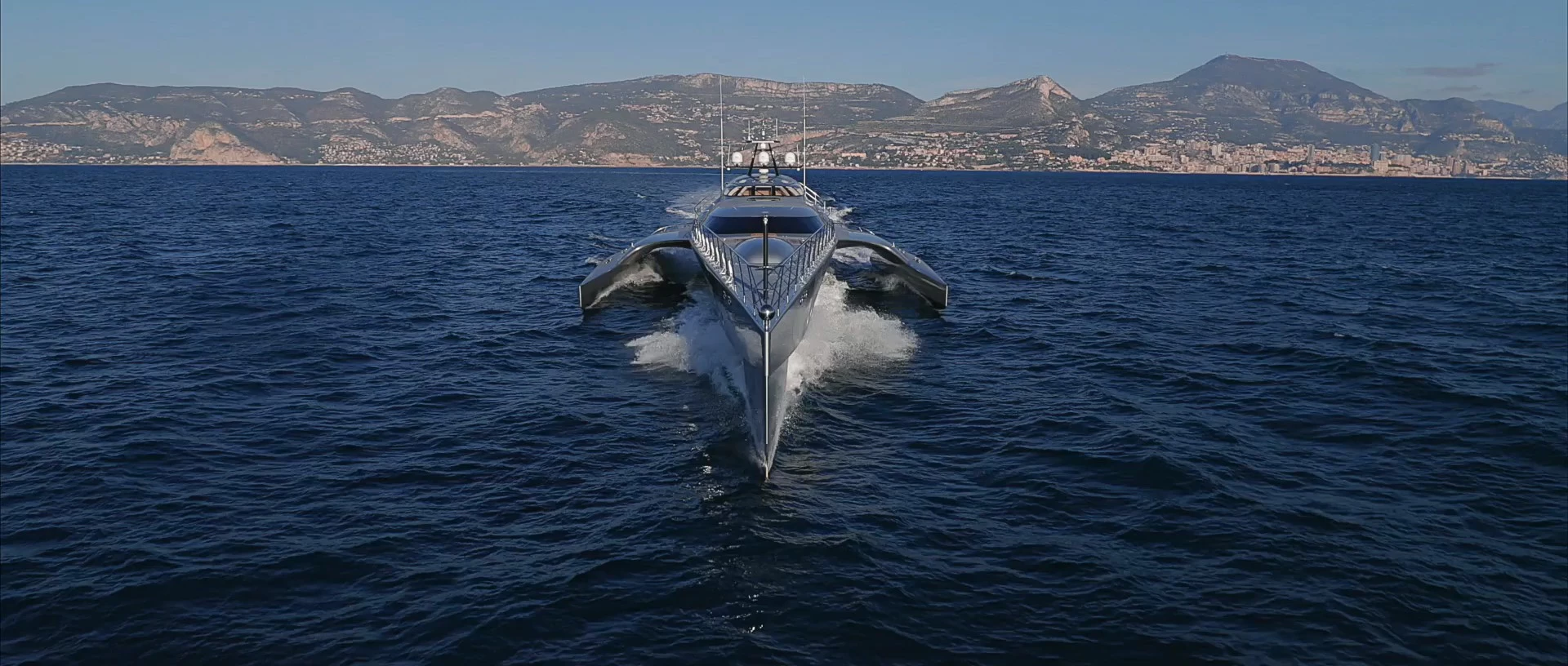Two heavyweights in the world of high-performance battery technology are teaming up to create the world's first lithium-sulfur battery-powered luxury boat. Motorsport supplier Williams Advanced Engineering and lithium-sulfur specialist Oxis Energy will collaborate on a 400-kWh battery pack meant to power a new day boat for up to 100 nautical miles a charge.
Both located in Oxfordshire, England, Williams Advanced Engineering (WAE) and Oxis Energy look to apply emerging lithium-sulfur battery technology to the marine sector. We last saw Oxis putting lithium-sulfur to work in the air when it provided the lightweight, power-dense battery pack at the heart of the 230-mile (370-km) eColt electric airplane. Williams was the original battery supplier for Formula E racing, a role it's set to take on again for the 2022/23 season. It also supplies the batteries for the ETCR and Extreme E series. The two companies have a history of previous collaborations, including the Lithium Sulfur Future Automotive Battery project.
Oxis and Williams now turn their sights from the air and race course to the open sea in collaboration with Singapore's Yachts de Luxe (YdL). Using Oxis' ultralight lithium-sulfur cell technology, Williams will assemble the 400-kWh battery pack and battery management system for the new 40-foot (1`2.2-m) luxury day boat, to be designed by YdL director Jean-Jacques Coste. The battery system will power the 40-footer to a planned cruising range between 70 and 100 nautical miles (130 and 185 km).
"WAE has huge expertise in the design, development and assembly of advanced battery systems, including a number of applications in the highly demanding world of motorsport," says Iain Wight, Williams' business development director. "We are looking forward to working with Oxis Energy to further explore the potential in the marine sector."
Oxis explains that in addition to offering up to five times as much theoretical energy density as lithium ion, lithium-sulfur cells do not rely on toxic or rare-earth materials, providing a safer propulsion alternative for open-water applications. At the end of battery life, the materials can be disposed of without damaging the environment.
Beyond this particular day boat, Williams sees the battery system technology being scalable to other nautical vessels, with potential for additional sectors like aerospace, urban air mobility and defense.
The new lithium-sulfur-powered electric day boat will make its debut at the 2021 Monaco Yacht Show next September.
Source: Williams Advanced Engineering




